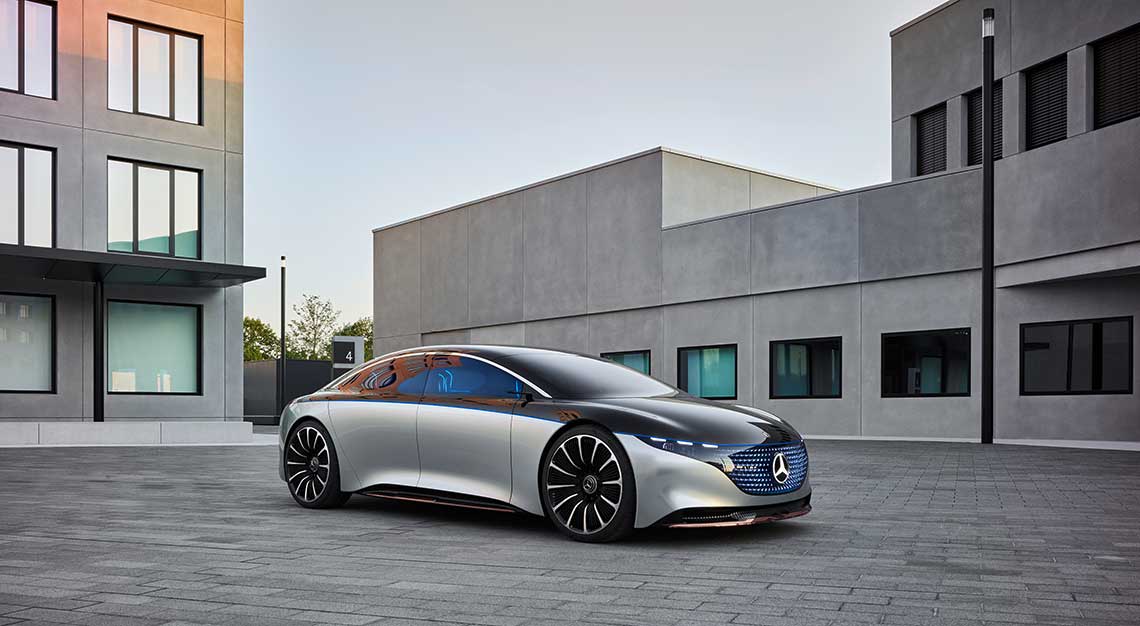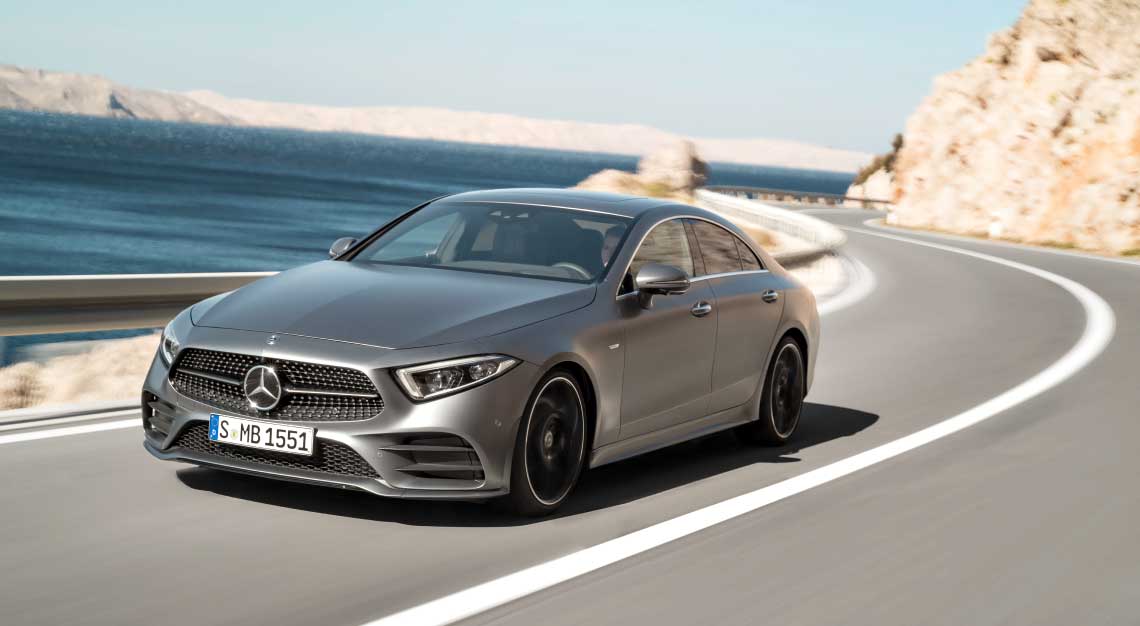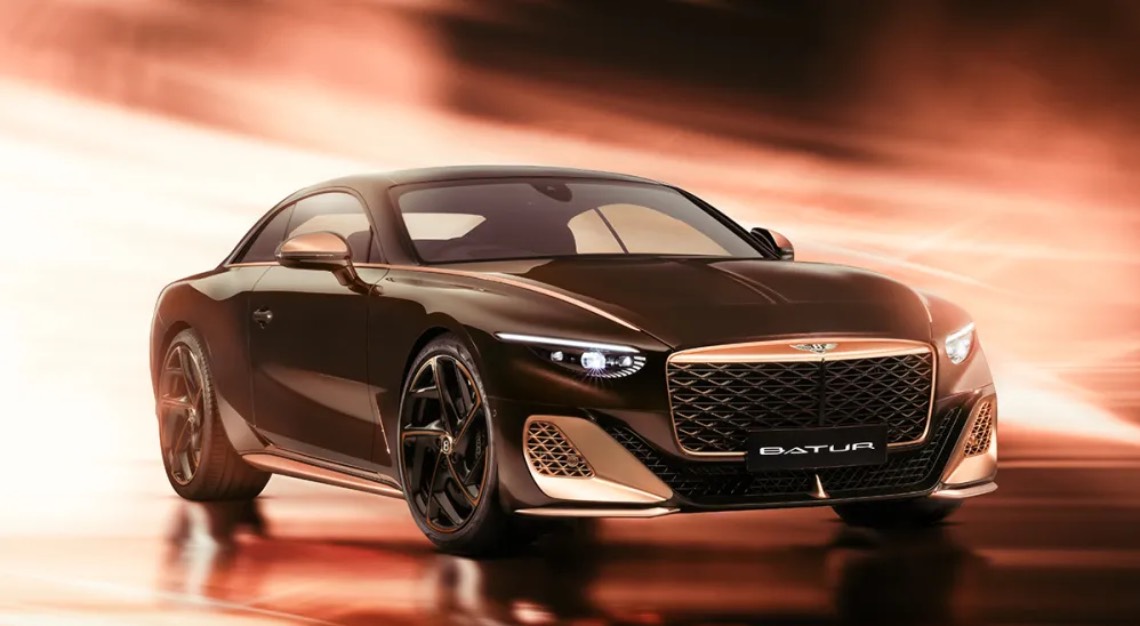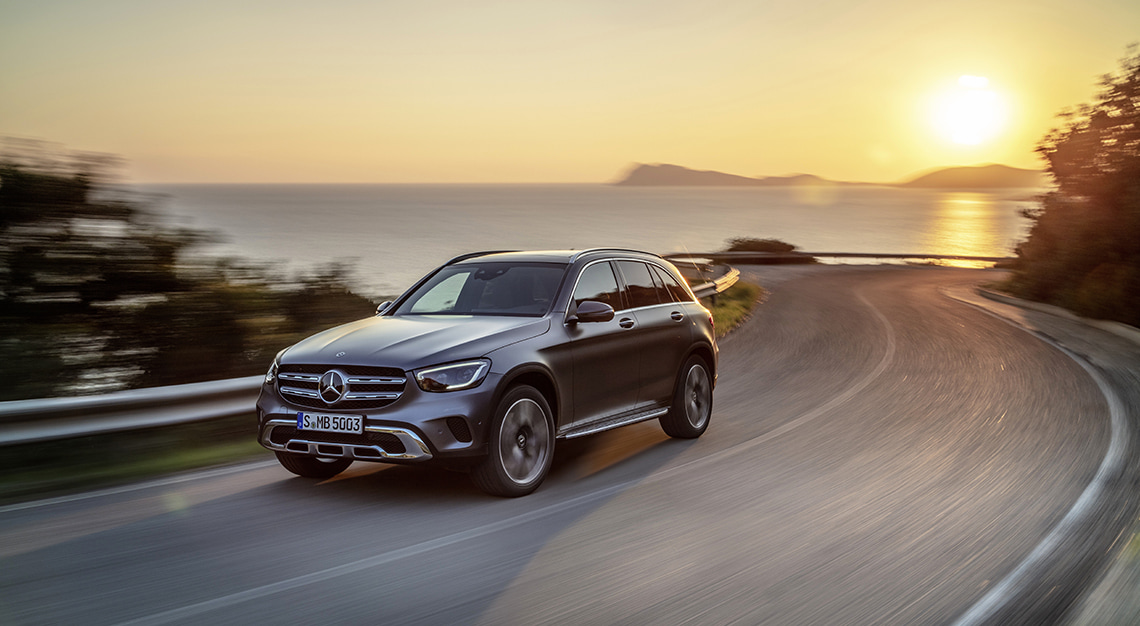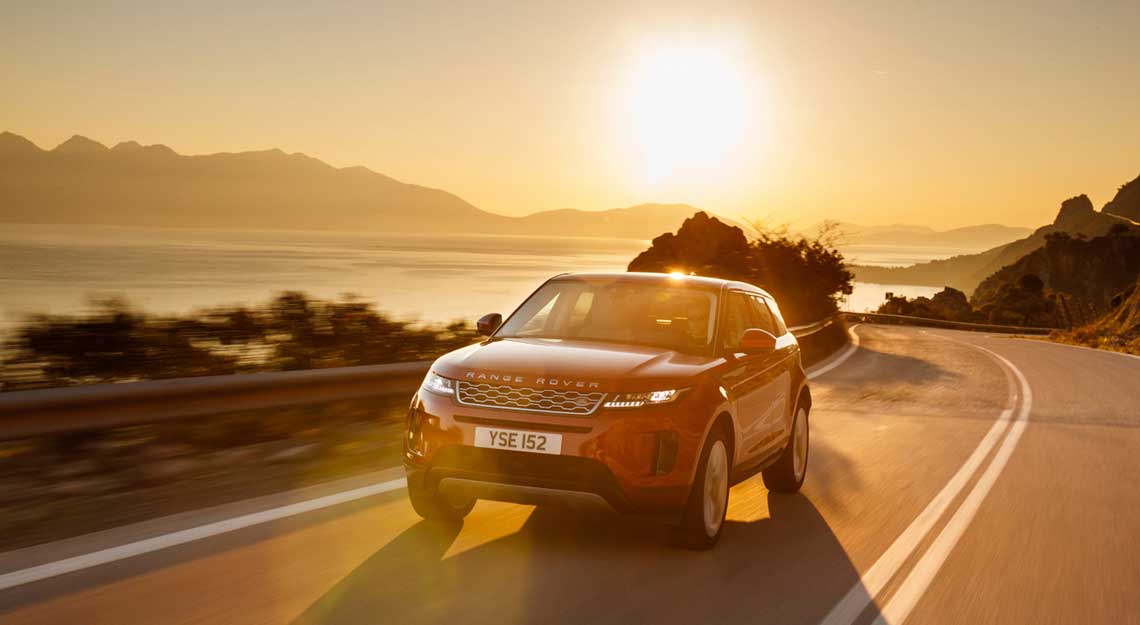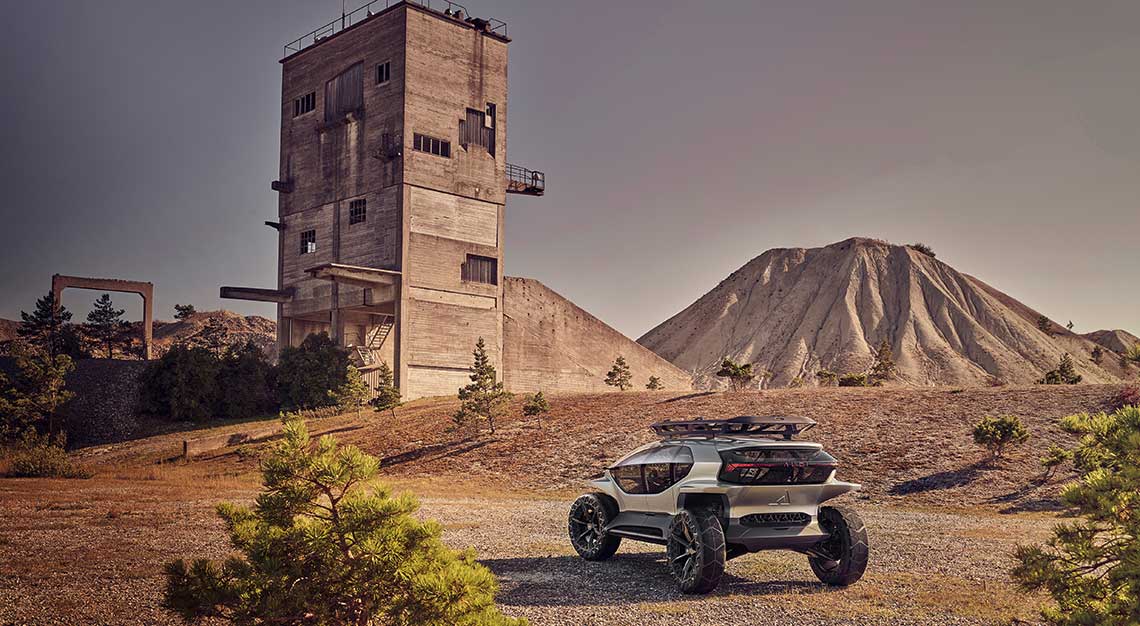The all-electric S-Class concept car hits the road, and according to Mercedes-Benz, is 90 per cent close to reality
There’s a buzz in the air, and it’s not just the police copter circling above to get a better view of what I’m in – this vehicle from tomorrow. On a hilltop in LA’s Elysian Park, I pilot the all-wheel-drive Mercedes-Benz Vision EQS from its spacesuit-white cockpit. It’s so silent, otherworldly and responsive that I start to wonder if the wheels of this zero-emissions concept are actually touching the tarmac or floating a few inches above.
“This is the first time we’re doing an all-purpose electric platform,” says Gorden Wagener, chief design officer of the German marque. “We wanted to start at our top-end segment, but this is very different from the conventional S-Class, three-box sedan you know.”
Well, that’s an understatement. This is the bellwether for the hotly anticipated EQ line of battery-powered production cars from Mercedes, of which more than 10 models are planned for release by 2022. But the Vision EQS, with Level 3 autonomous driving capabilities, represents what we can expect from the flagship.
It’s not the power train that’s impressive, however. Sure, it’s responsible for 460hp and 760Nm of torque from electric motors located at the front and rear axles, a top speed of over 200 km/hr, acceleration from zero to 100 km/h4 in less than 4.5 seconds and a range of about 700km (batteries can be recharged to 80 per cent in 20 minutes), but those metrics are yesterday’s news. No, it’s the exterior styling of steel, aluminium and carbon fibre – a two-tone drop of liquid mercury in profile – and the interior’s tech and finish that deliver the one-off’s wow.
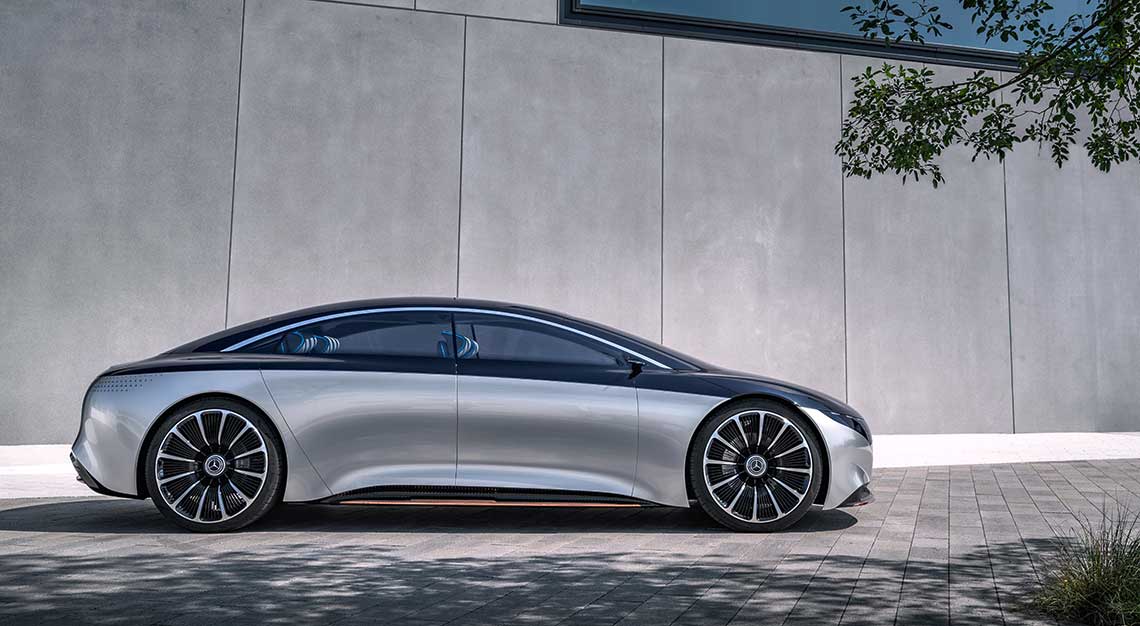
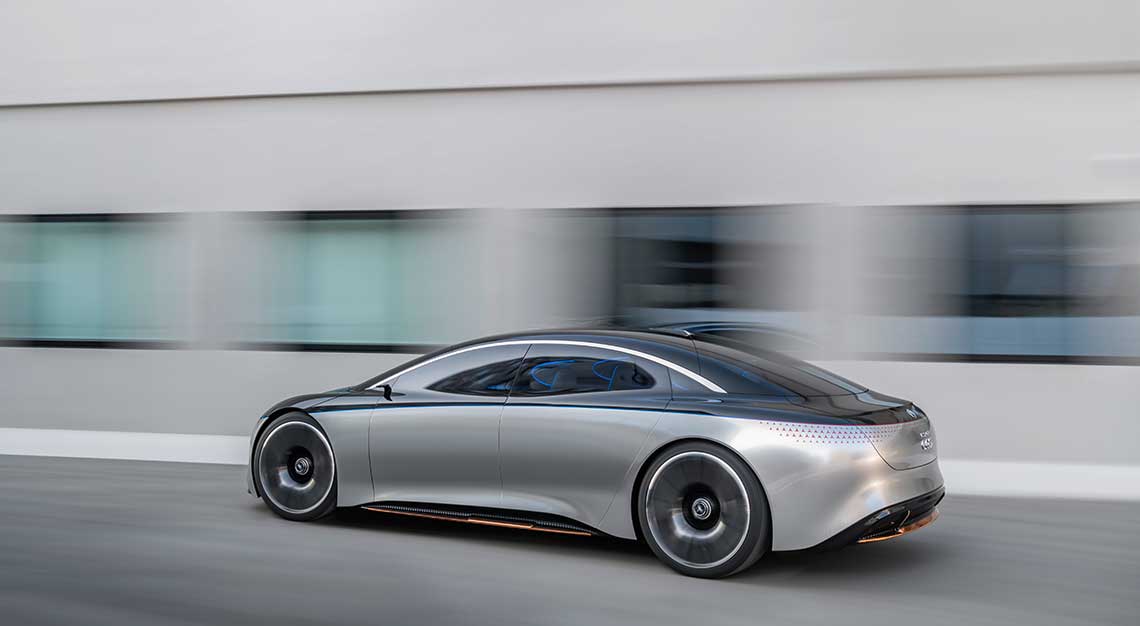

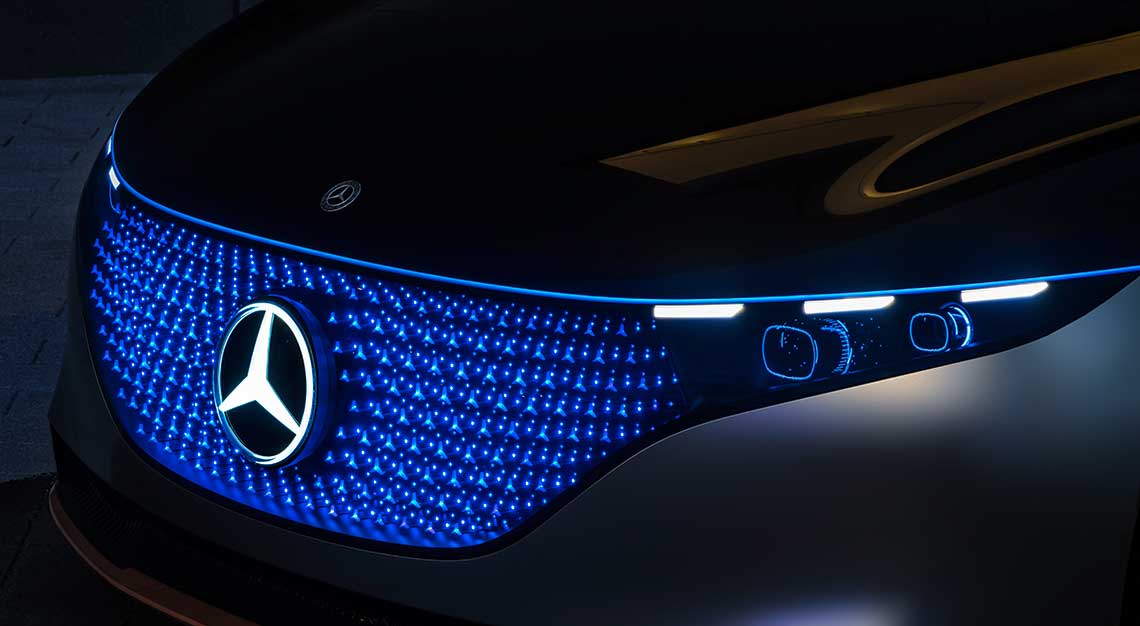
The new aesthetic language speaks strongly. “It’s about a seamless bow design,” notes Wagener, pointing to the roofline’s swoopy arc, like that of a strung bow. “We emphasised that by blending the greenhouse into the body and giving it one fast line, like a coupe, over the entire vehicle to make it look lower.” This illusion belies the fact that there is an additional six inches in height because the battery system is housed between the wheels.
Another visual game changer is the front end, with its holographic headlamps set in a digital grille. The faux grille includes 188 LED lights, each shaped as the Mercedes tri-star logo, in a 3D array. Nearly 300 similar LEDs dot the rear, and a lightband wraps the perimeter.
But the most distinctive design element is the cabin’s sculpted form. The vast dashboard, which features an upgraded MBUX infotainment system, flows into the airy center console, which runs through to the back and between those seats. The materials are equally inventive – especially the roof liner, made partially of recycled plastic from ocean waste.
“The Vision is 85 to 90 per cent reality,” says Wagener. “The interior may end up being even more advanced. It will be the most modern luxury car on this planet.” Whether that’s prophecy or hyperbole won’t be known until the production EQS hits the market, perhaps as early as next year.
